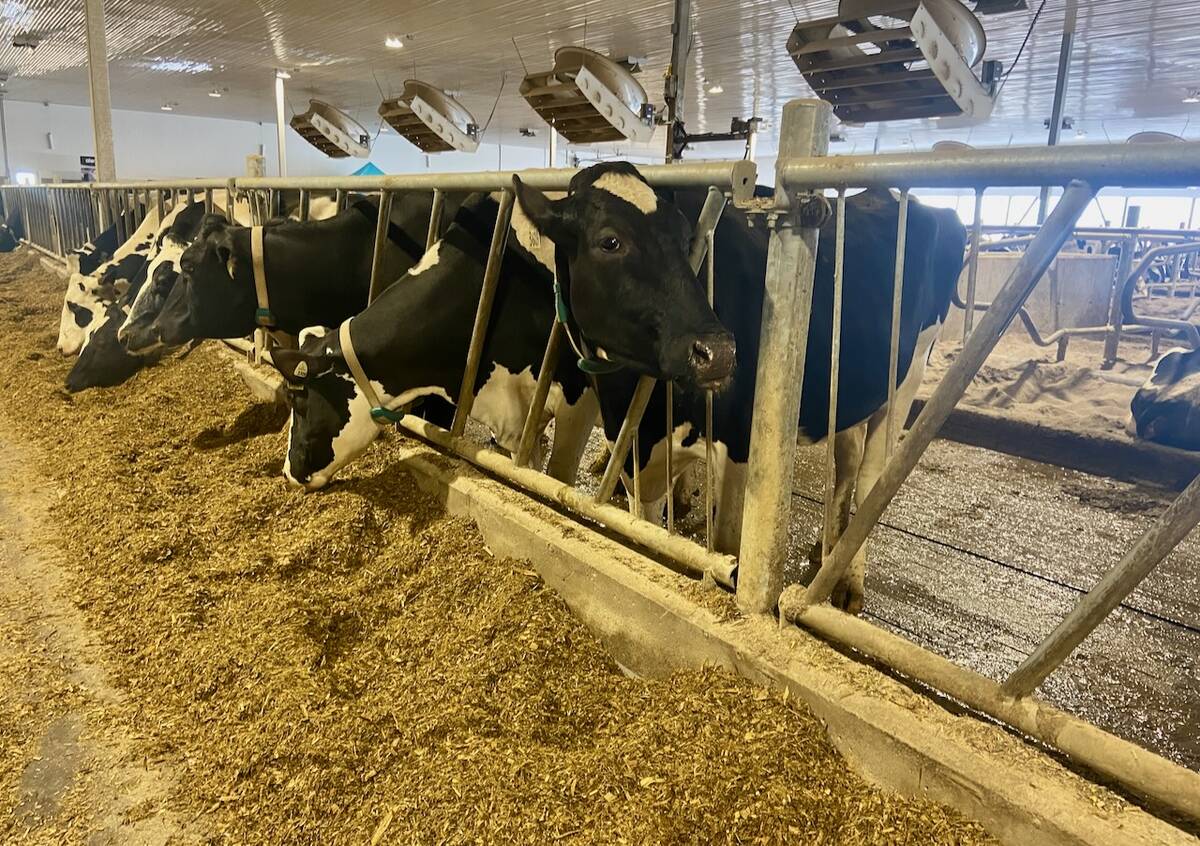SASKATOON – Cattle producers should test their livestock’s feed and water for sulfur to prevent polio, says a Western College of Veterinary Medicine researcher.
Dr. Steve Hendrick of the University of Saskatchewan’s Sustainable Beef Systems Research Group said polio, or more formally polioencephalomalacia, is rare but usually occurs in outbreaks. A change in feed, such as moving cattle into a feedlot, can precipitate the disease.
Polio also affects other ruminants. Symptoms include progressive
blindness, staggering and seizures. Causes are feed-induced, including thiamine deficiency, water deprivation and the resulting salt toxicity, lead poisoning and sulfur toxicity.
Read Also

U.S. farm group supports supply management
U.S. grassroots farm advocacy group pushing new agriculture legislation that would move towards supply management like Canada has for dairy industry
Hendrick said the maximum tolerable level of sulfur in rations is .4 percent of dry matter per day.
Cattle that eat sulfates produce sulfide ions and hydrogen sulfide gas in their rumens. Some of the gas is absorbed by the rumen but can cause brain damage if burped up and breathed back into the lungs.
Hendrick said an American feedlot study found animals were consuming more than their daily limit just from their water.
Feed that is high in sulfates, such as canola meal or hailed-out canola used as silage, can cause problems.
“On the cow-calf side, if you’re feeding kochia or thistle, or things like that are in your hay field that you’re taking off, those are also high in sulfur,” he said.
A high grain diet is also thought to increase the risk.
Hendrick said producers should also watch distillers grain, a newer player in the feed sector.
Ethanol plants commonly use sulfuric acid to control bacterial overgrowth during the distillation process, which adds sulfur to the distillers grain.
However, he said more work needs to be done because a research project yielded unexpected results.
The project compared wheat DDG, corn DDG, a blend of the two and a control ration of barley in backgrounding and finishing diets for 240 steers at the U of S feedlot.
The DDG comprised 17 percent of the backgrounding diet and 30 percent of the finishing feed.
Blood serum sulfate levels in the cattle were checked beforehand to obtain a base number.
Sulfate levels in the feeds were also determined: wheat was highest, followed by corn, the blend and the barley.
However, researchers were surprised to find that cattle on the backgrounding diet had higher serum sulfate levels than those on the finishing diet, even though they were consuming lower amounts of the ration.
“We just did not expect to see this, where we had higher serum sulfate levels during the backgrounding period,” said Hendrick.
The trend was the same for all treatments.
The animals eating the wheat and the corn DDG had higher levels than those eating the blend and the control.
None of the animals showed clinical disease.
Hendrick said researchers now have to look at the contradictory evidence.
In the meantime, he encouraged producers to ask feed and water laboratories for sulfate tests.
It is difficult to remove sulfate from water, he added.
“Probably our best solution that we really have is either to find another water source or find a means of dilution,” he said.















